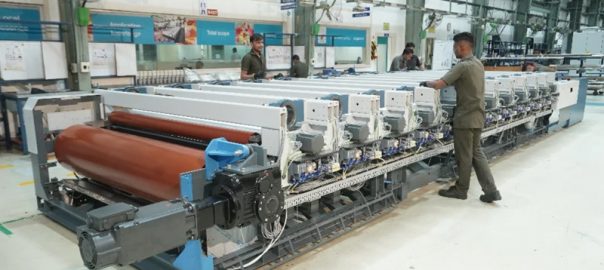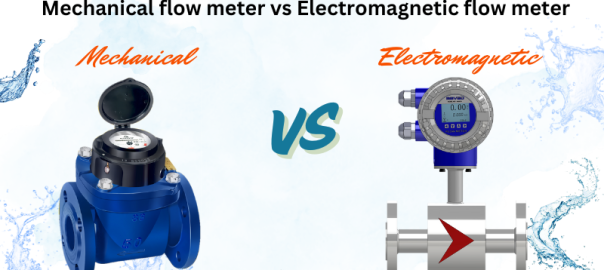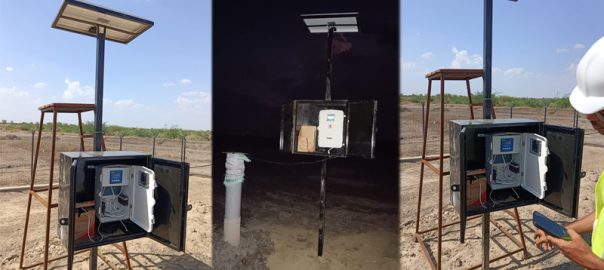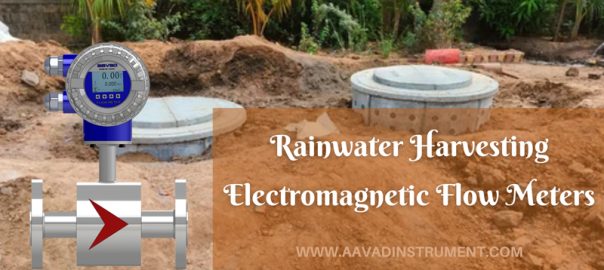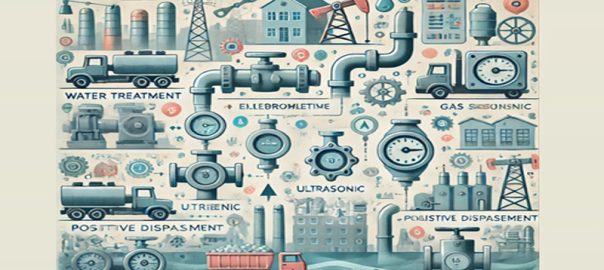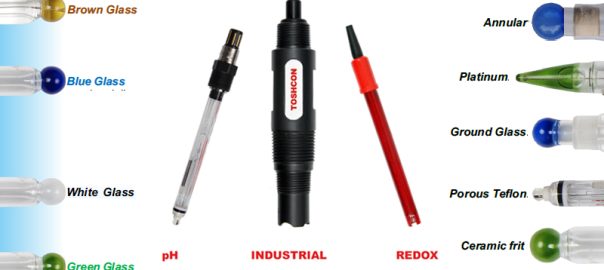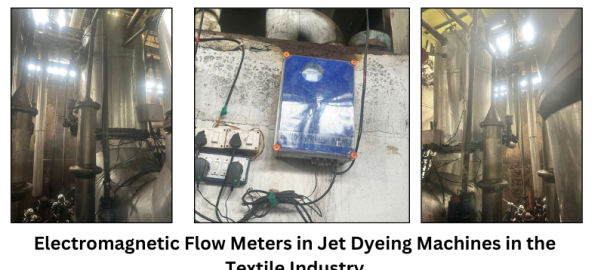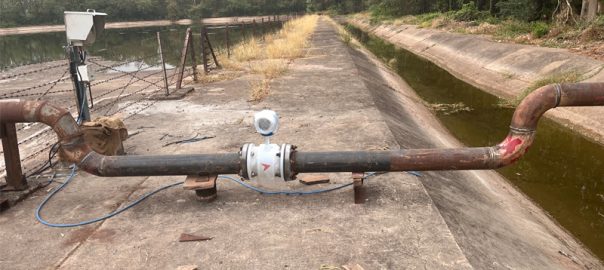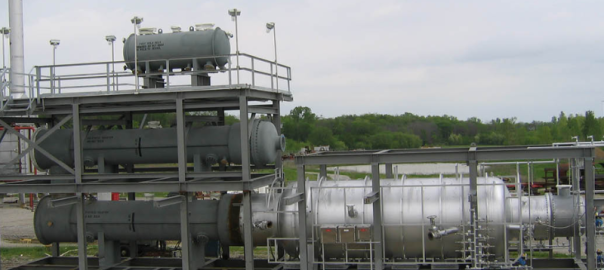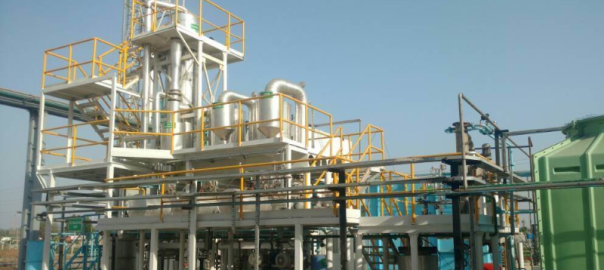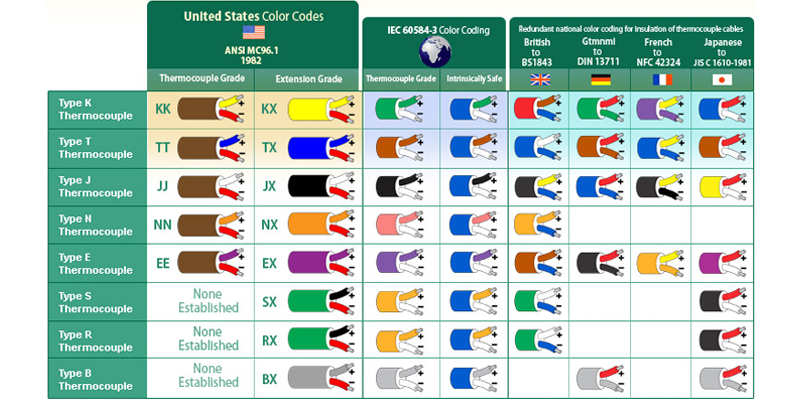
Thermocouple Wire Color Codes
Color codes have been adopted by various national and international standard agencies for identification of thermocouple wire and thermocouple products. In the United States, thermocouple-grade wire normally has a brown overall jacket. For Types B, R and S, the color codes relate to the compensating cable normally used.
| Type | United States ANSI 96.1 | United Kingdom BS 1843 | West Germany DIN 43714 | France NF C42-323 | Japan JIS C1610-1981 |
|---|---|---|---|---|---|
| E | Purple + Purple – Red | Brown + Brown – Blue | Black + Red – Black | – | Purple + Red – White |
| J | Black + White – Red | Black + Yellow – Blue | Blue + Red – Blue | Black + Yellow – Black | Yellow + Red – White |
| K | Yellow + Yellow – Red | Red + Brown – Blue | Green + Red – Green | Yellow + Yellow – Purple | Blue + Red – White |
| N | Orange + Orange – Red | – | – | – | – |
| B | Grey + Grey – Red | – | Grey + Grey – Red | – | Grey + Red – White |
| R | Green + Black – Red | Green + White – Blue | – | – | Black + Red – White |
| S | Green + Black – Red | Green + White – Blue | White + Red – White | Green + Yellow – Green | Black + Red – White |
| T | Blue + Blue – Red | Blue + White – Blue | Brown + Red – Brown | Blue + Yellow – Blue | Brown + Red – White |
Thermocouple Wire Color Codes
| Type | J | K | T |
|---|---|---|---|
| Material | Iron (+) vs. Constantan (-) | Nickel (10%) Chromium (+) vs. Nickel (5%) Aluminum Silicon (-) | Copper (+) vs. Constantan (-) |
| Temperature Range | 0°C to 760°C | 0°C to 1370°C | -160°C to 400°C |
Comparison of Temperature Transducers
| Type | Thermocouple | RTD | Thermistor |
|---|---|---|---|
| Advantages | • Self-powered • Simple, rugged • Lower cost • Wide temperature range | • Most stable • Most Accurate • Better linearity | • High output • Fast |
| Disadvantages | • Nonlinear • Low voltage • Least stable • Least sensitive • Reference required | • Expensive • Current source required • Small resistance change • Low absolute resistance • Self-heating | • Nonlinear • Limited temperature range • Fragile • Current source required • Self-heating |
Time Constraints
The time constant of any sensor is defined as the time required for that sensor to respond to 63.2% of its total output signal when subjected to a step change. The step change can be either an increase or decrease in the parameter being measured. Five constants are required for a sensor to reach 99% of its total change. The graph to the right illustrates this relationship.

